Flat Head Woman and Child, Caw-wacham was one of the best-known paintings by nineteenth-century artist Paul Kane (1810–1871) at the time it was painted and has proven to be one of his most controversial works. It depicts a woman with an infant whose head is being reshaped; the woman’s own profile highlights the result of the traditional procedure. The image is a composite based on separate watercolours of members of two or three different tribes: one Cowlitz (the infant) and the other Songhees or Southern Coast Salish (the woman).
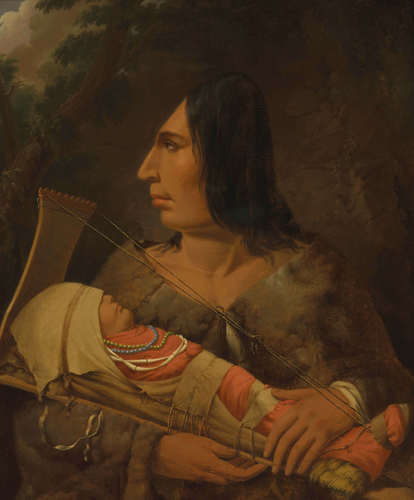
Paul Kane, Flat Head Woman and Child, Caw-wacham (Cowlitz), c.1849–52
Oil on canvas, 75.9 x 63.4 cm, Royal Ontario Museum, Toronto
Nineteenth-century responses to Flat Head Woman and Child addressed both aesthetic and ethnographic aspects, and it was appreciated as much for the colour of its background landscape as it was as a “trait of Indian customs.”
Modern commentary is more critical in tone. The art historian Heather Dawkins has approached the painting from a post-colonial perspective, taking Kane to task for his Victorian imperialist viewpoint evident in his disregard for tribal distinctions. And, given that Kane painted this “mother and child” theme at a time when Western culture was showing an increased respect toward children, she questions Kane’s motives in depicting this particular Indigenous custom. Was he simply romanticizing Indigenous life, or was he intentionally criticizing Indigenous culture?
This Spotlight is excerpted from Paul Kane: Life & Work by Arlene Gehmacher.
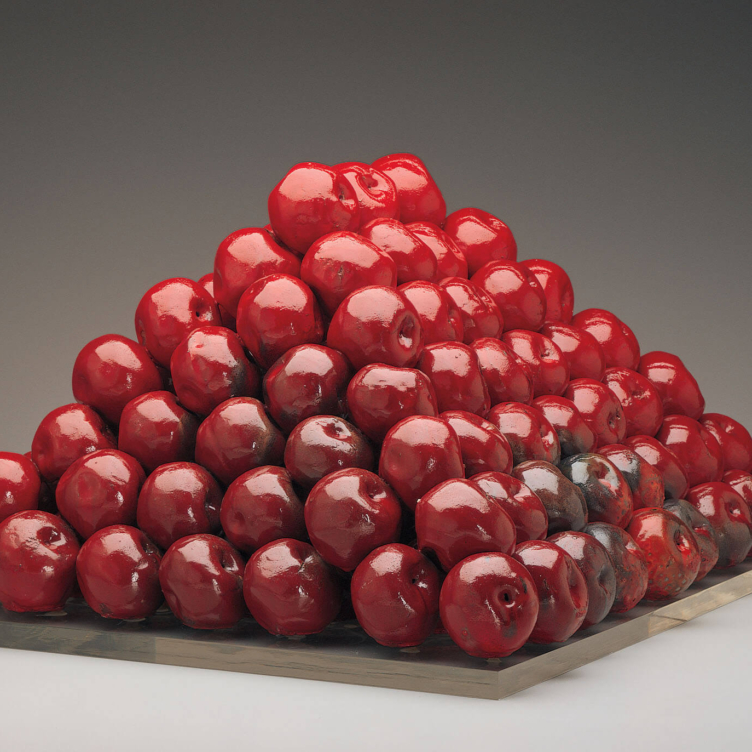 Pyramid Scheme
Pyramid Scheme
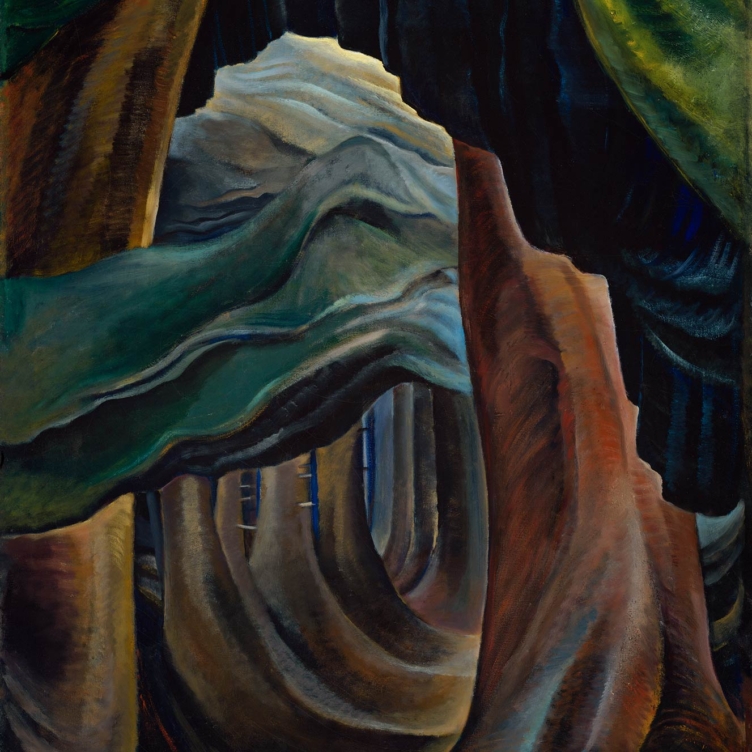 Transportive Trunks
Transportive Trunks
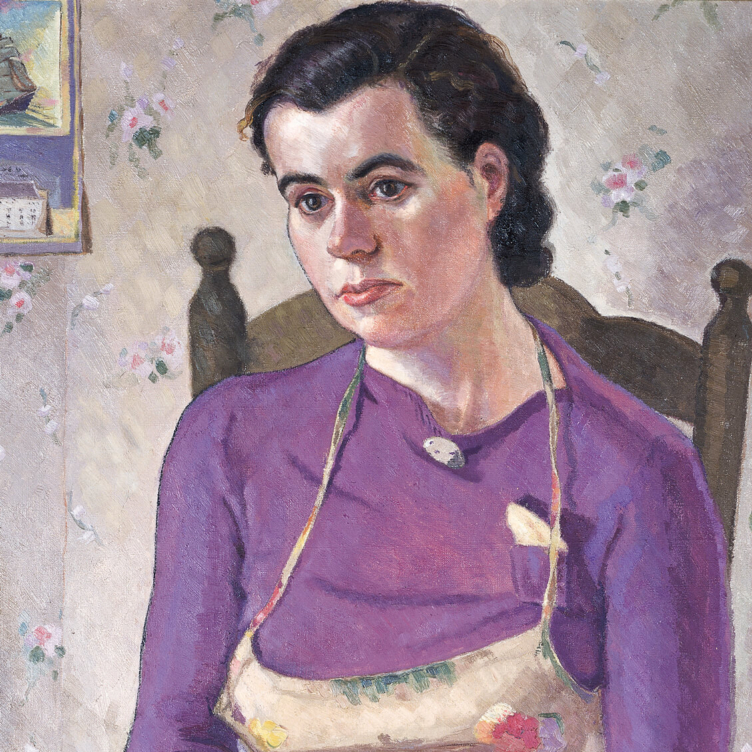 The Military Mate
The Military Mate
 Looking Up on the World
Looking Up on the World
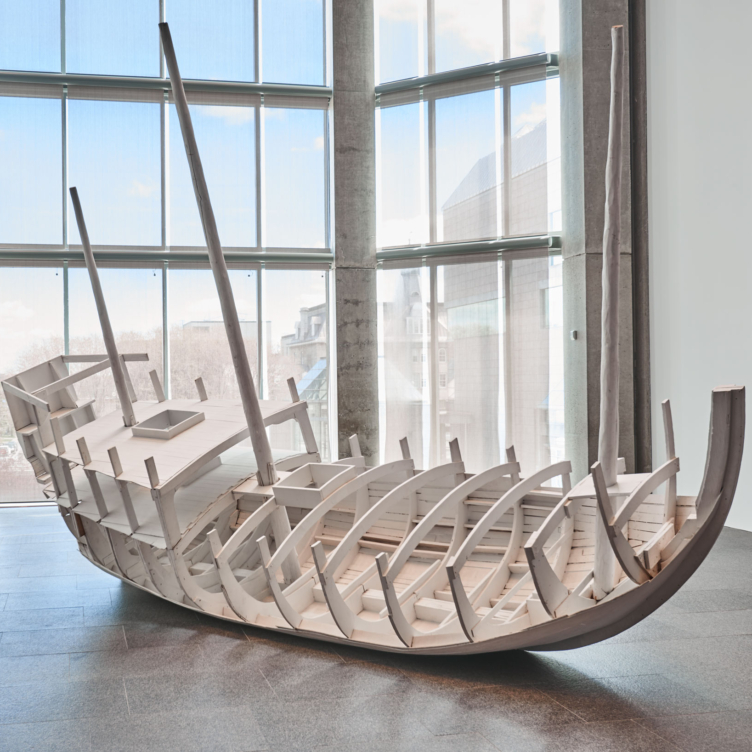 Vessel of Despair
Vessel of Despair
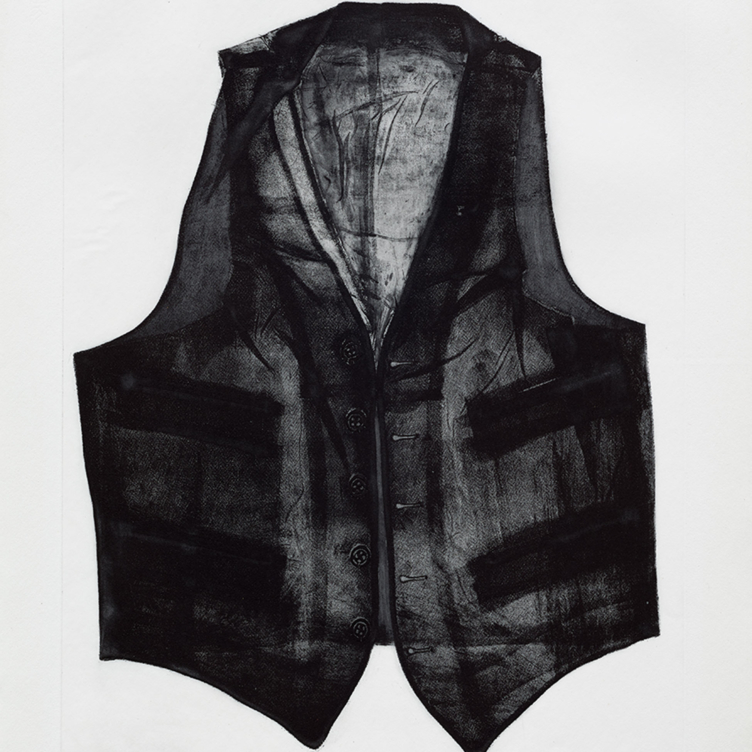 Layers of Meaning
Layers of Meaning
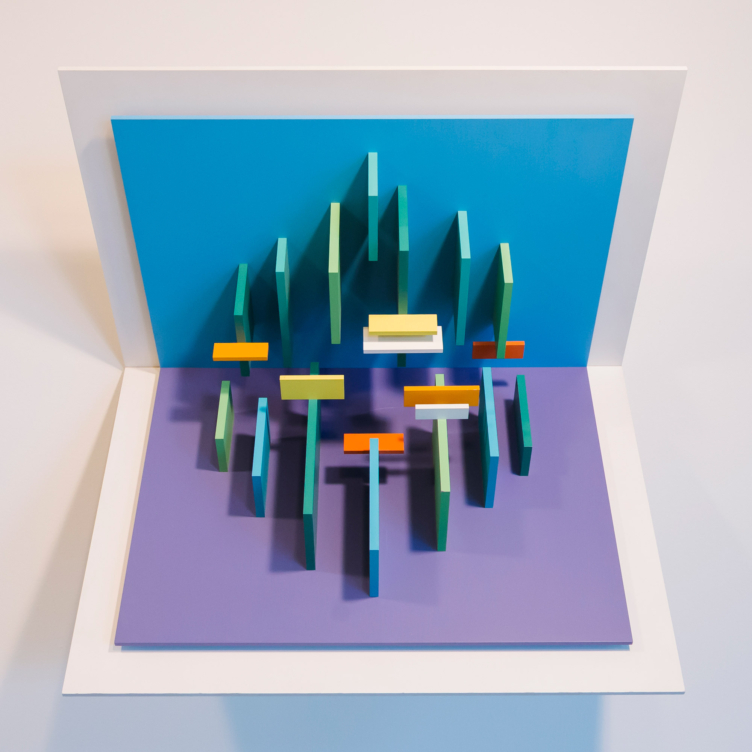 In Parallel to Nature
In Parallel to Nature
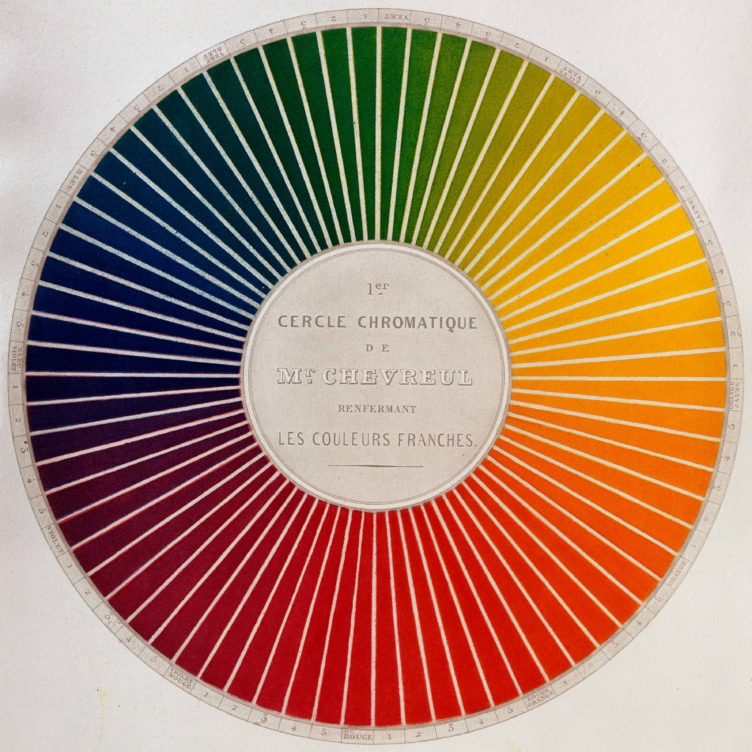 Wheel of Fortune
Wheel of Fortune
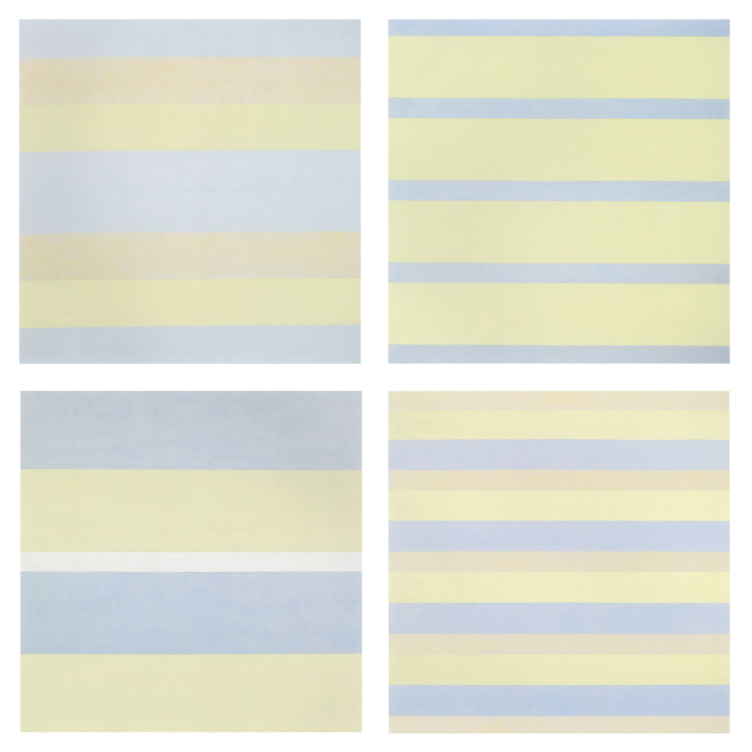 Paintings after emotional states
Paintings after emotional states
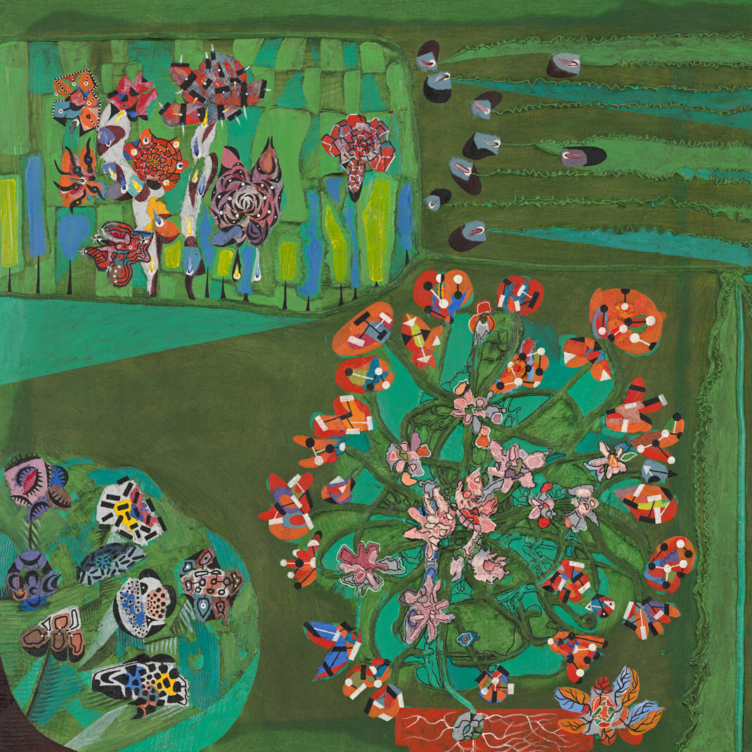 Garden of Delight
Garden of Delight
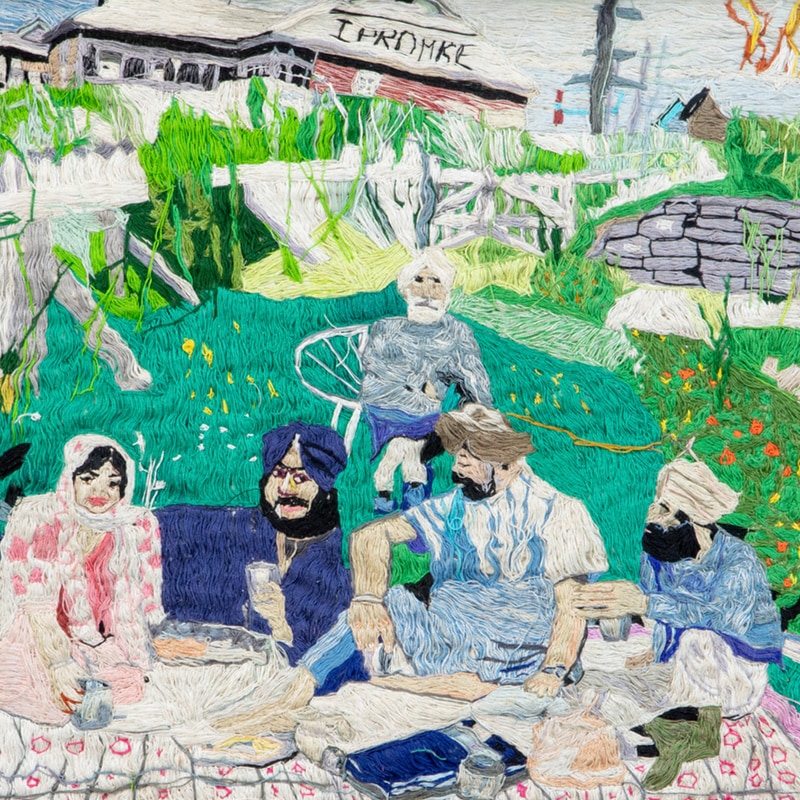 Stitching the Archives
Stitching the Archives
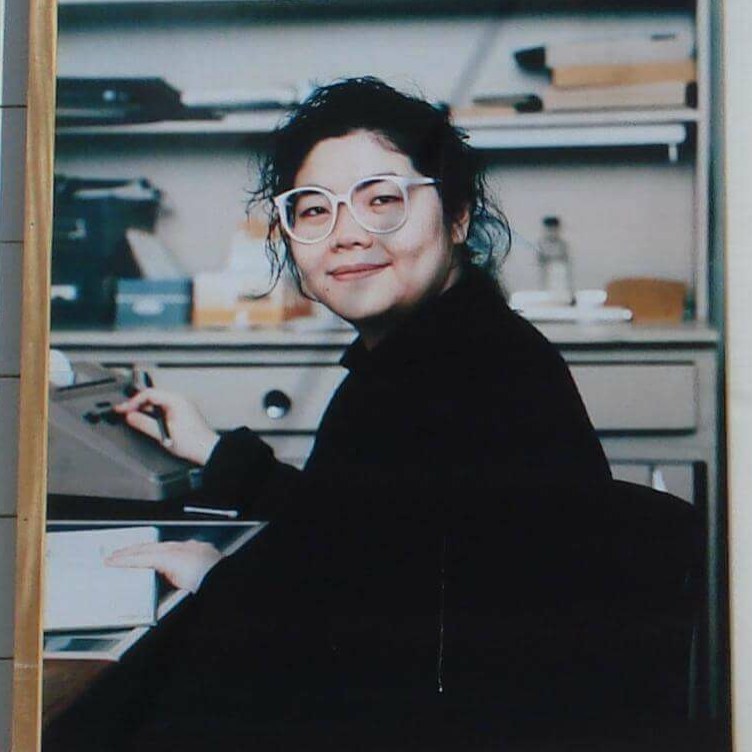 A Working-Class Hero
A Working-Class Hero
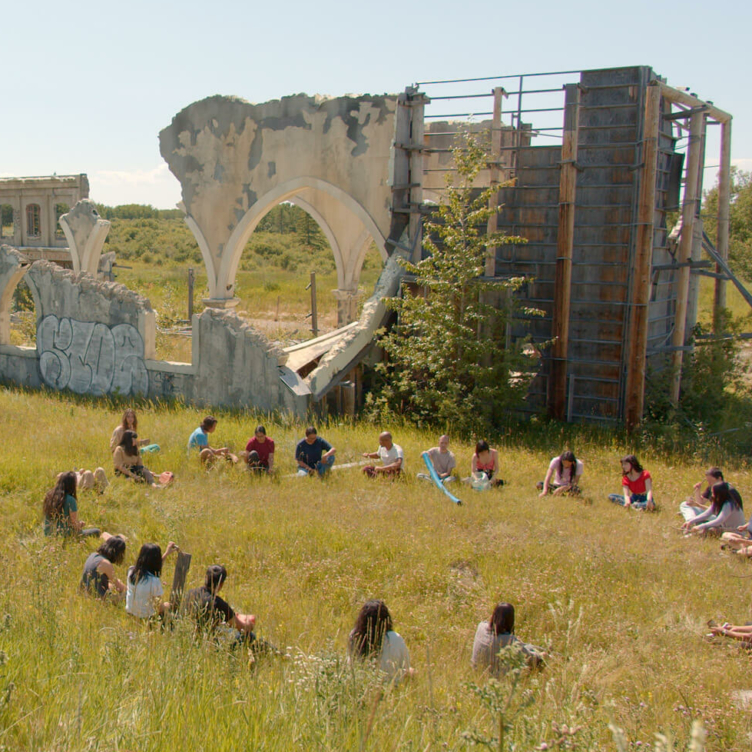 Imagining Entangled Futures
Imagining Entangled Futures
 Bridging Far and Near
Bridging Far and Near
 Soft Power
Soft Power
 Imagining Emancipation
Imagining Emancipation
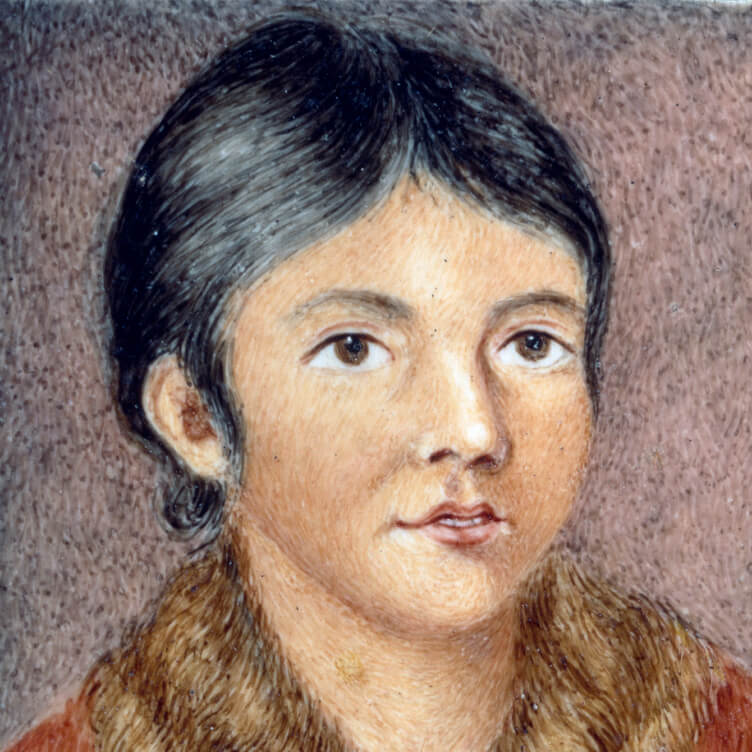 A Priceless Portrait
A Priceless Portrait
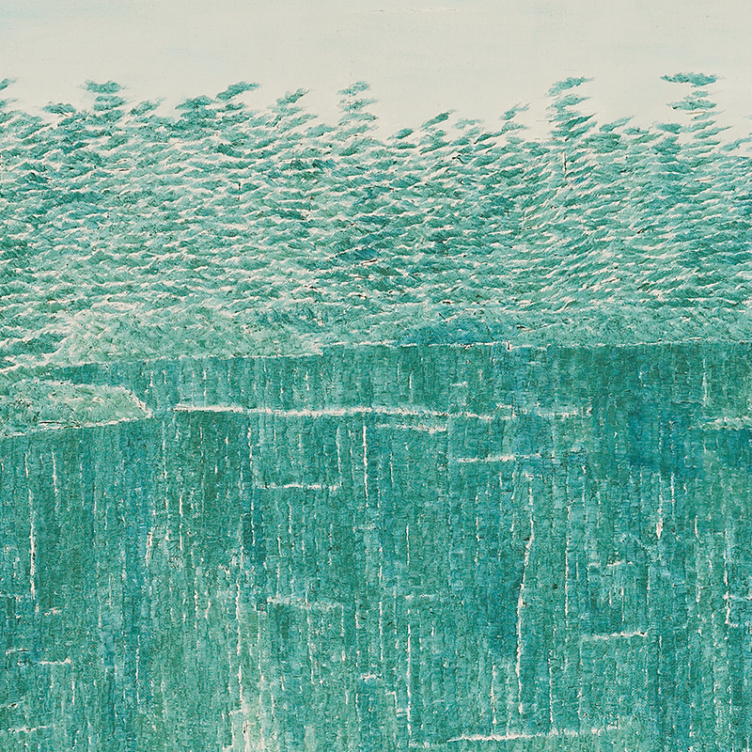 Meditation in Monochrome
Meditation in Monochrome
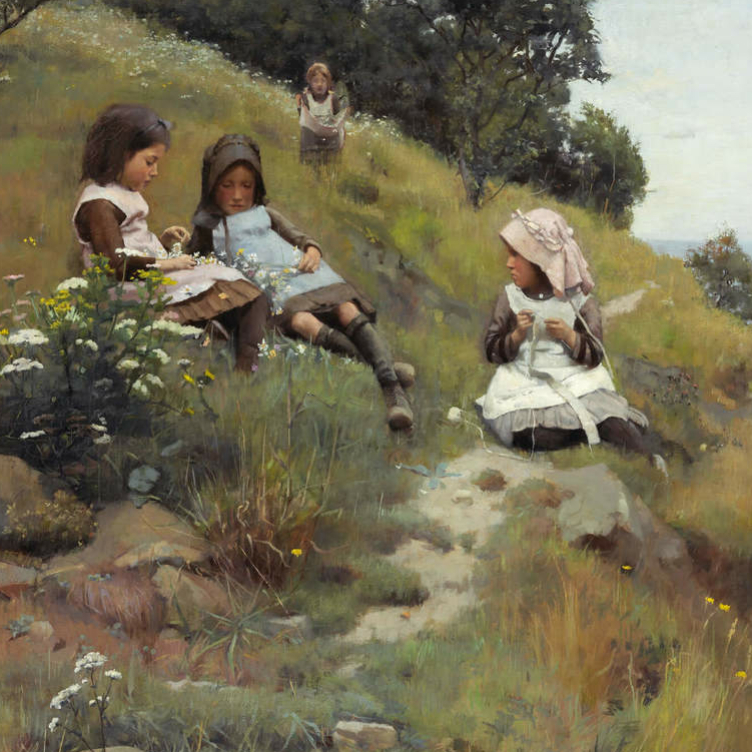 Making His Mark
Making His Mark
 Honour and Sacrifice
Honour and Sacrifice